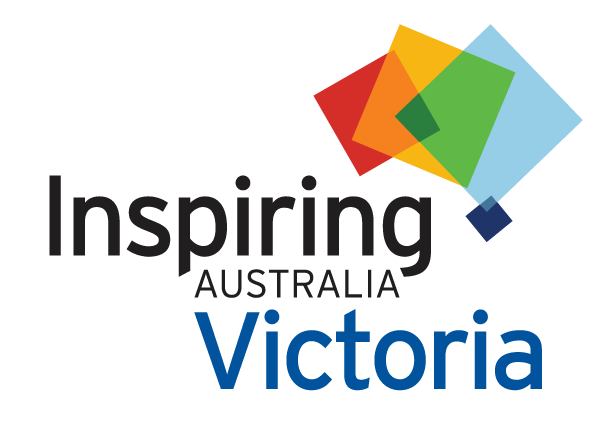Looking through the Lens for Science Week
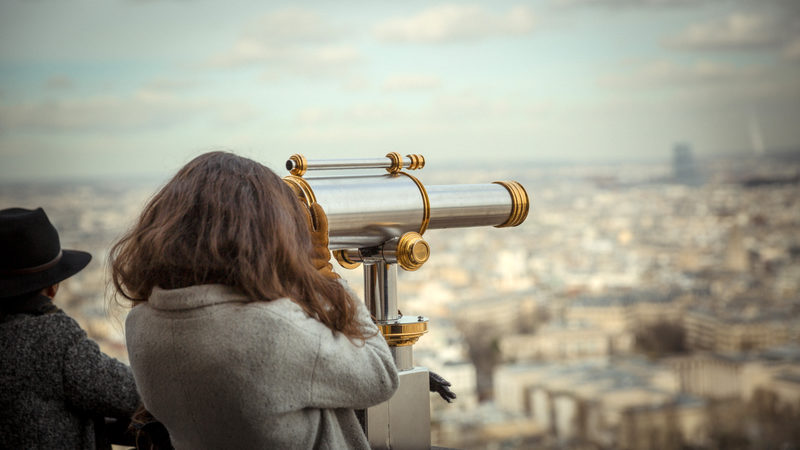
The world around us is often viewed through a lens – with cameras and smart phones such a big part of our lives, we often view life and our experiences through photos. Explore the Universe during National Science Week through the lens of a camera, microscope, telescope and more.
Gaze at the stars with the Mornington Peninsula Astronomical Society (MPAS) at a number of events included in their Science Week festivities. In a collaboration with PrimeSCI! and the Mornington Peninsular Shire Council, MPAS is hosting an exhibition of regional astronomy and sky photography at the Coolart Wetlands and Homestead: Adventures Under Southern Skies – an Art-Science Melding. Learn about the stars in our unique night sky of the Southern Hemisphere as day and night merge. If you’d like to have a go at taking photos yourself, participate in their Astrophotography Workshop, which runs through the day and into the evening. Topics covered include an introduction to wide field astrophotography, time-lapse photography, aurora photography, deep sky imaging, and image processing using MPAS’ premium equipment. For those more confident in their skills already, MPAS invites submissions from primary and secondary school students to a space photo competition. Photos related to space or astronomy, taken in the day or night, can be submitted, and the winners will be announced at their event, A New View of Life: Celebrating the end of Kepler and Cassini, in which NASA scientists Dr Megan Bedell and Dr Ben Montet will discuss seeing space through spacecraft missions. Talbot Observatory is also setting up telescopes to observe the night sky in Science Around Us – Science Above Us as part of Elmhurst Primary School’s Science Expo. In addition, Clayton Library is hosting a Hubble space telescope workshop, and the Southern Cross Outreach Observatory Project (SCOOP), a mobile astronomical observatory is heading to Nangiloc-Colignan District Primary School and Mildura. SCOOP is equipped with computerised telescopes for daytime solar, and nighttime stellar and planetary viewing. If you enjoy looking at stars, planets, space and galaxies, there are plenty of opportunities to see them through the lens of a telescope or camera.
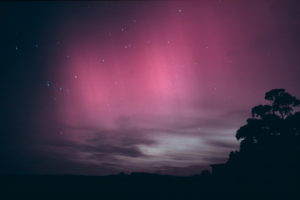
Scaling down from the size of the Universe down to the cellular level, the Bio21 Institute and the Gene Technology Access Centre (GTAC) are inviting the public to engage directly with practising scientists to learn about advances in life sciences, and experience first-hand the insights gained using microscopes. At Bio21’s Life Magnified: Using light microscopy to investigate biology and disease, year 9 and 10 students have the opportunity to visit research laboratories, use microscopes to investigate the body and the basis of disease, and print their images to take home. Similarly, at GTAC’s Magnificent Microscopy: Life Under a Lens, families can meet world-leading scientists and view microscopic samples used to research some of the most important issues facing society today, such as Alzheimer’s disease, GM foods, vaccination, and cancer treatment. Attendees can also bring their own samples in to examine using GTAC’s research grade microscopes, including scanning electron microscopes, powerful light and fluorescence microscopes, and dissecting microscopes.
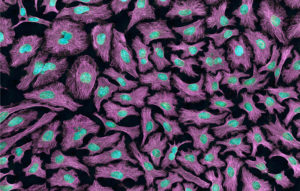
For those looking to experience the world through a more altered lens, have a peak at the Universe with Virtual Reality (VR). Join Professor Alan Duffy and Dr Rebecca Allen to discover how Australian scientists are leading the way in probing the Universe through ripples in the fabric of space-time and providing unique views of the microscopic world in Immersive Science II: Revealing the Invisible Universe (also available at other locations). Humans 2.0 will provide the chance to use VR and augmented reality to peek through the looking glass into the future of our race, inspired by the 200th anniversary of Mary Shelley’s Frankenstein. There is also the opportunity for school students to learn how to code and create their own VR content as part of the International Youth Technology and Engineering Challenge.
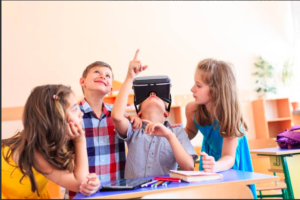
Cameras have also played a large role in Citizen Science programs in recent years, as members of the general public collect data and upload photos relating to the natural world in collaborative projects with professional scientists. Join the Great Aussie BioQuest by taking photos and identifying flora and fauna around Australia. The Great Aussie BioQuest aims to draw attention to an increasingly important aspect of our daily lives – biodiversity – by engaging people from all walks of life to participate in, learn about and map Australian biodiversity in a fun way. If you care for a spot of frog calling, water bug identification, bird watching, or koala spotting, you can also join Science in the Park: Wildlife Counts at the Coolart Wetlands or Citizen Science workshops in Glen Waverley, Mulgrave, and Wheelers Hill.
Get your cameras ready, turn your telescope to the stars, or look down a microscope during the National Science Week festivities. View life on the smallest of scales, or be amazed at the gigantic cosmos – there is something for everyone, big or small!
